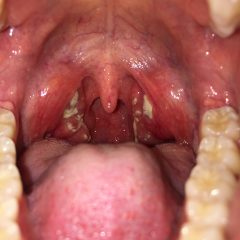Emergency Medicine Dermatology
ABSTRACT
Audience:
This modified team-based learning (mTBL) exercise is appropriate for junior and senior emergency medicine learners.
Introduction:
Rashes and dermatologic complaints are common in the emergency department. It is essential that emergency physicians understand various types of lesions and rashes as well as be able to distinguish between benign and life-threatening dermatologic complaints. The Modified Lynch Algorithm provides a systematic approach to the diagnosis of rashes by providing a number of questions and branching points to narrow down the differential diagnosis of important and life-threatening rashes for the emergency physician.1 While there are a number of other methods to narrow down the differential diagnosis for rash, the Modified Lynch Algorithm is primarily based on the type of rash and is well suited for this exercise because it provides an excellent opportunity for learners to think about the differential diagnosis for those rashes.
Objectives:
By the end of this educational session, the learner will: 1) List the six primary types of rash (maculopapular, petechial/purpura, diffuse erythematous, non-erythematous, vesiculo-bullous, and pustular). 2) Be able to accurately describe various types of lesions and rashes with appropriate terminology; 3) Understand the use of the Modified Lynch Algorithm and how it can be used to narrow down the differential diagnosis in patients presenting with rash.
Method:
This is an mTBL session.
Topics:
Dermatology, emergency rashes, life-threatening rashes, maculopapular, petechial, purpura, erythematous, vesiculo-bullous, pustular.

